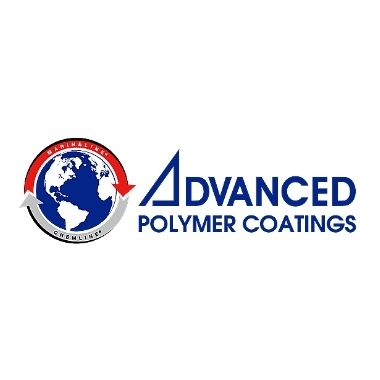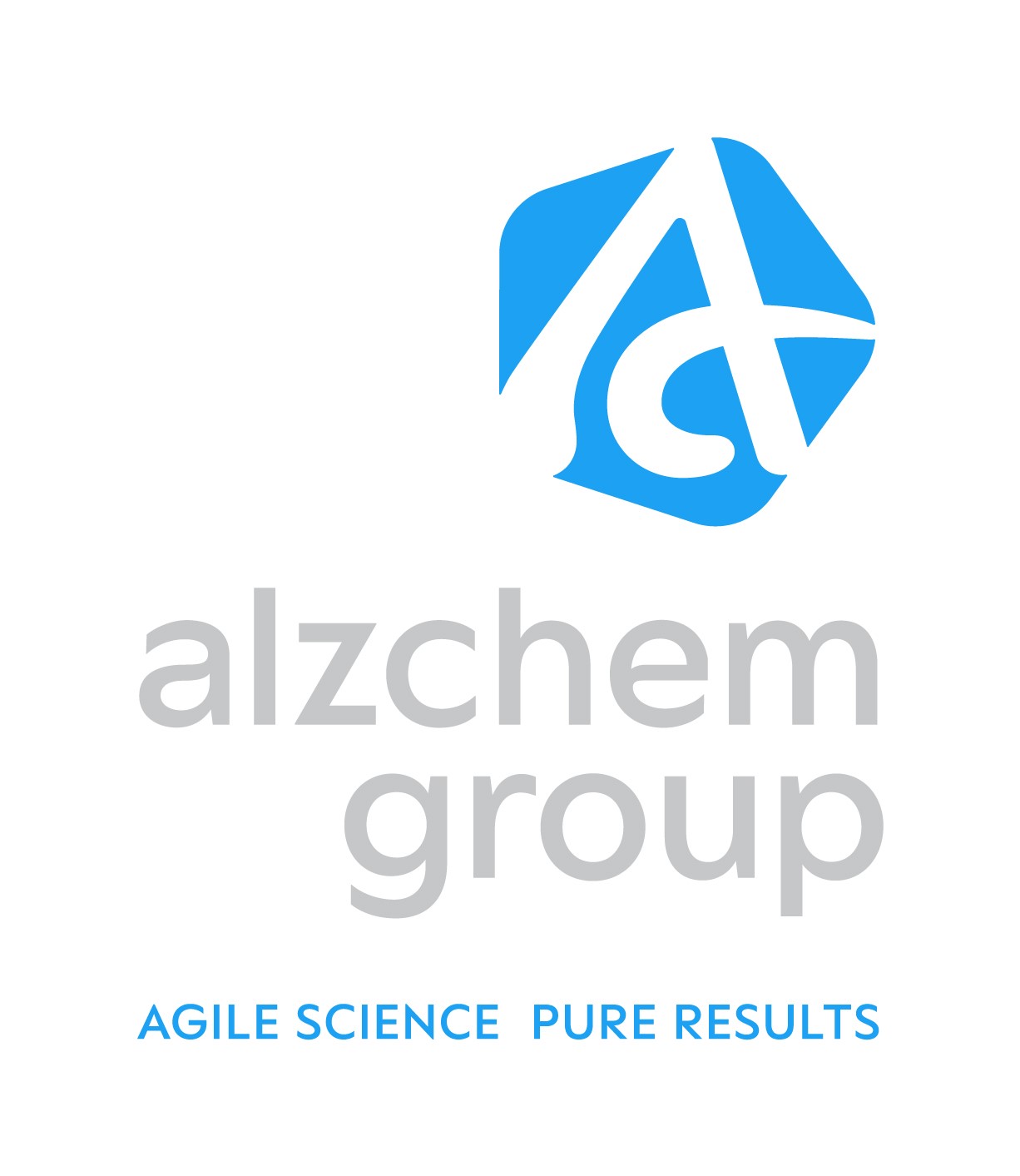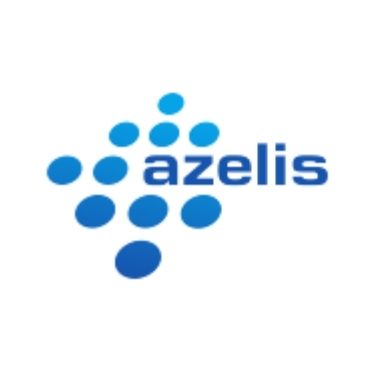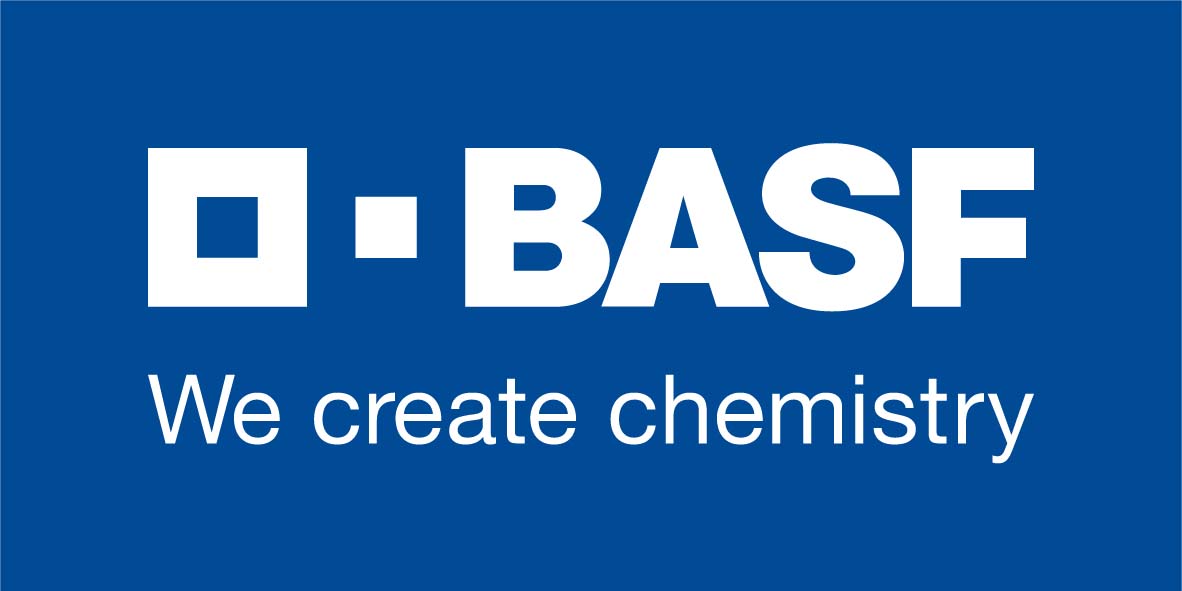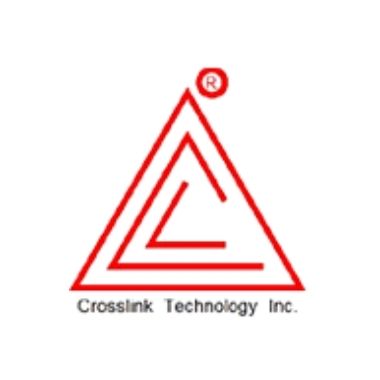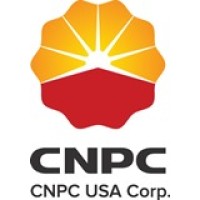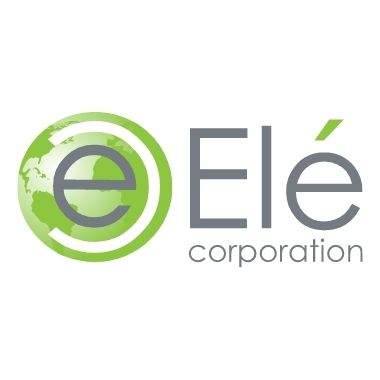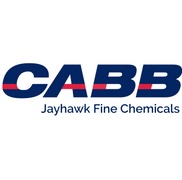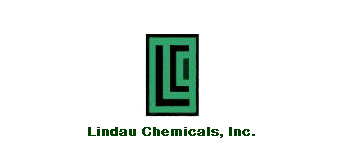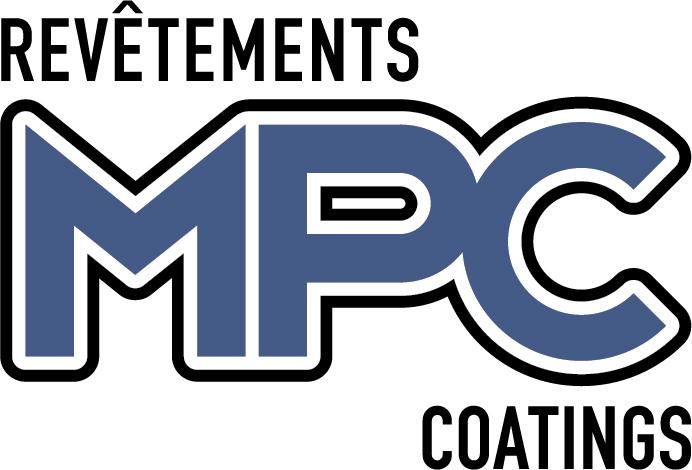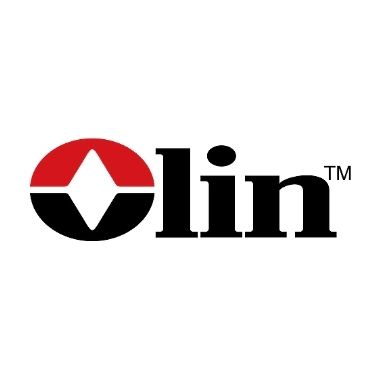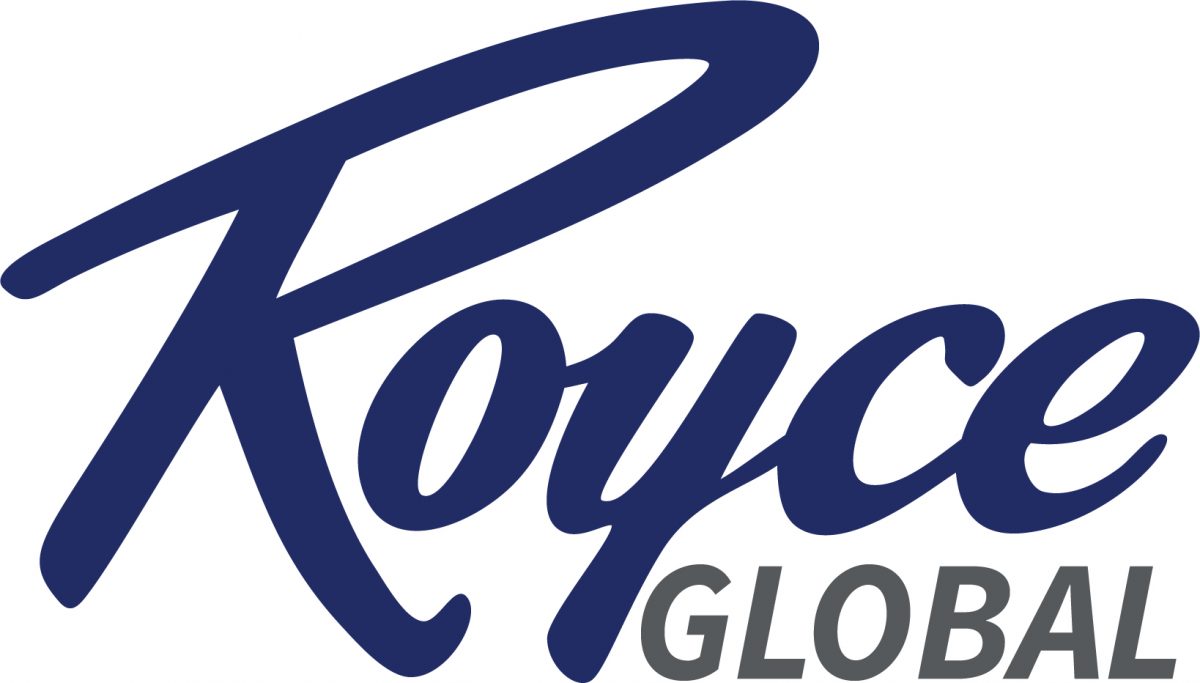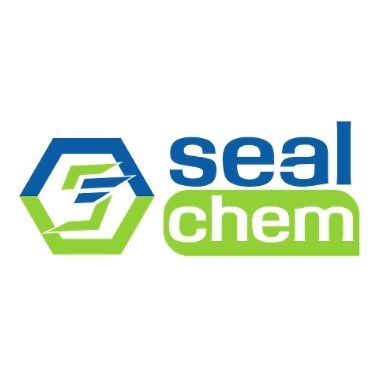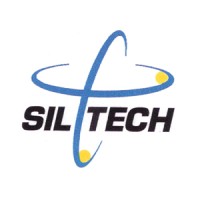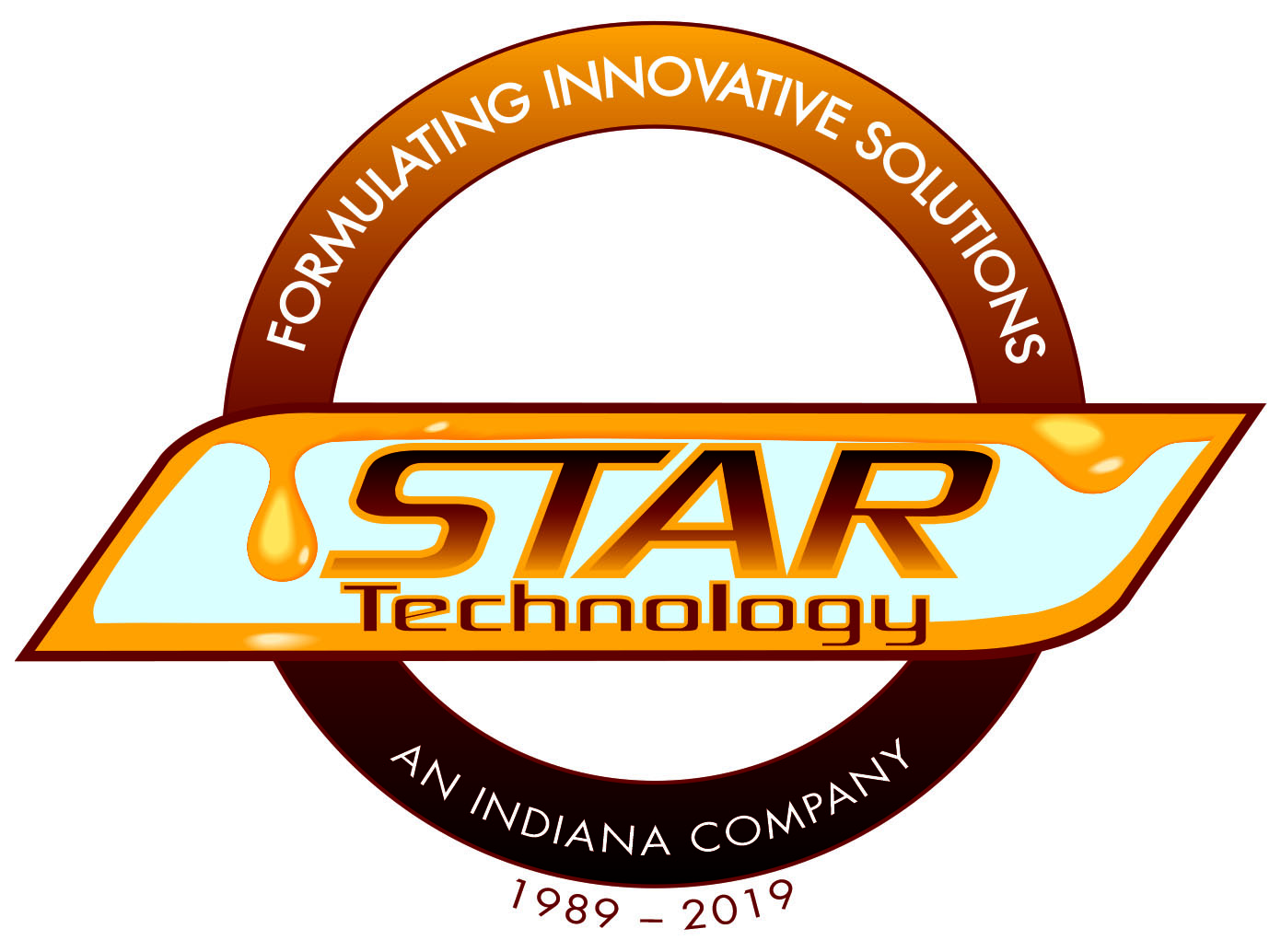2003 Technical papers
Papers are listed in alphabetical order by presenter:
Phenalkamines in Concrete Applications
Ryan Davis and Nic Baetsle, Cardolite Corporation
This presentation covers the basics of the unique chemistry of phenal-kamines curing agents and resin modifiers and examines their prac-tical possibilities for use in epoxy applications for concrete. Major practical points are solvent free coatings used to attack osmotic blistering, adhesives in concrete rehabilitation, and epoxy joints for sewer pipes that are applied under adverse conditions.
Polyurea Overview
John Durig, Sherwin Williams/General Polymers
This presentation covers a review of the basic chemistry, typical performance properties compared to epoxies and urethanes and basics of applications. A review of applicable case histories is included.
Novel Technology for Water Vapour Permeable Floor Coatings
Peter Lucas, Air Products
Abstract unavailable
PolyTect™Overmolding Material & Process for Electronic Module Assemblies Dick Macey, Bayer Corporation
Abstract unavailable
The World of Epoxy Adhesives
David P. Nick, DPNA International Inc.
This presentation will explore the demand for epoxy resin used in formulated adhesive products around the world, comparing epoxy use to other competing adhesive types in several major market categories and segments. Included are comments on market trends, technology shifts, and the effect of end-use customer globalization. Data (million pounds) is presented for the major industrial regions (North America, Japan and Western Europe). The effect of a growing market in the rest of Asia, especially China and India, and the outlook for Latin America are also included.
The Fracture Behavior of Filled Epoxies
Dr. Raymond A. Pearson, Lehigh University
Epoxy resins are often filled to improve mechanical performance, and, more importantly, to improve fracture toughness. This presentation discusses the toughening efficiency and mechanisms of a variety of fillers in a typical epoxy resin with a focus on both fracture toughness and fatigue crack propagation behavior. Dry and “wet” behavior will be discussed.
Secondary Amines for Aliphatic Polyurea Polymers
Mark Posey, Huntsman Corporation
Reaction speed is an important consideration in two-component coating formation. Huntsman has commercialized its own secondary cycloaliphatic diamine, JEFFLINK™ 754, for use as a chain extender in polyurea coatings. This chain extender not only provides a moderate reaction speed but also provides the “hard block” segments to increase the hardness and strength of polyurea coatings. Huntsman is also investigating other new secondary aliphatic amines for these applications. Formulations using JEFFLINK™ 754 will be presented along with testing data. These amine products can have applications in polyurethanes and other polymer systems.
Anti-Float Technology for Floor Coatings – A Seamless Solution
Stephen Wheeler and James Steever, Rebus, Inc.
This study demonstrates that the color shift issue in floor coatings is a total formulation problem. Rebus research discovered that, rather than a ‘magic bullet’ solution approach, a package of solutions is necessary to address formulations across the color spectrum. This presentation provides a multimedia look at epoxy floor coating issues and proves that pigment dispersions are a design tool that adds more than just color to an epoxy formulation.
Reactive Resins: Uses in Construction
Ray Williamson, Sika Corporation
This presentation spans the different applications that resin technology is used for in the construction industry, including the advantages and limitations that resin technology offers to various commercial, industrial, and transportation-related construction.
|




